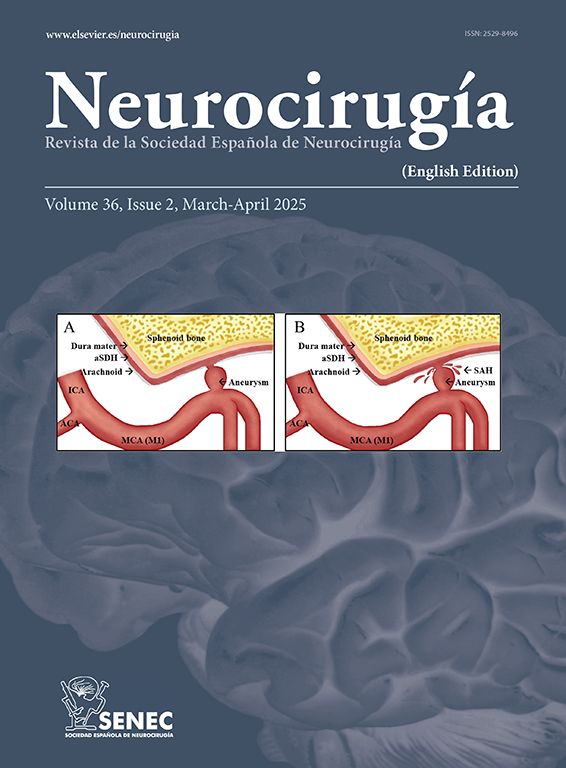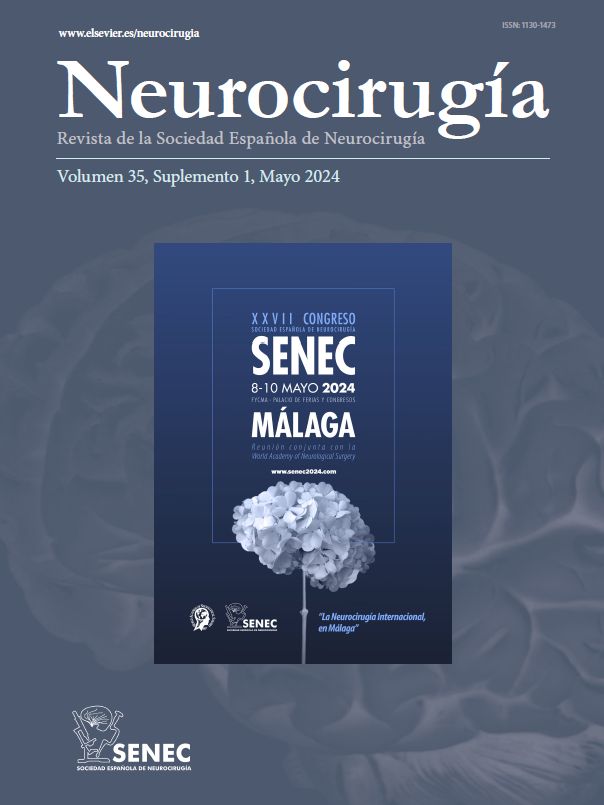Nervous system involvement is uncommon in granulomatosis with polyangiitis (GPA), a systemic autoimmune disease with episodes of necrotizing vasculitis. It is usually due to the compressive effect of dural or epidural masses. Spinal hemorrhagic presentation is exceptional. A 41-year-old woman diagnosed with GPA presented with three episodes of acute spinal subdural hematoma separated by eight years and ten months, respectively. The symptomatic debut was pain and paresis in all episodes. On all occasions, a lesion compatible with acute spinal subdural hematoma was diagnosed by magnetic resonance imaging (MRI). All episodes were treated conservatively with corticosteroids and immunosuppressants. The patient presented complete neurological recovery in the first two episodes. A mild residual left lower limb paresis remains after the last one. Follow-up MRI was performed after all episodes, and no focal intraspinal lesions were detected. Spinal subdural hemorrhage is a form of manifestation of GPA, either as a debut or in the course of the disease. We describe the third confirmed case of spontaneous spinal hemorrhage secondary to GPA published in the literature and the first with recurrence. Given the extraordinary response to immunosuppressive therapy, a high level of clinical suspicion is necessary to establish treatment as early as possible.
Presentamos un caso en una paciente diagnosticada de granulomatosis con poliangeitis (GPA) que presentó en dos ocasiones separadas por un lapso de 8 años, hematoma subdural agudo espinal con diferentes niveles de afectación en cada uno de los episodios. Se añade una revisión de la literatura. Una mujer de 48 años diagnosticada de GPA, presentó tres episodios de hematoma subdural espinal agudo; separados por un período de tiempo en primer lugar de 8 años y en segundo lugar de 10 meses. Clínicamente, las tres veces se manifestaron con dolor y paresia. En todas las ocasiones, se diagnosticó mediante Resonancia Magnética Nuclear (RMN) la presencia de una lesión compatible con hematoma subdural espinal agudo. Todos los episodios se trataron de forma conservadora con corticoesteroides y Rituximab. La paciente presentó recuperación neurológica completa en los dos primeros episodios. En relación al último; presenta una paresia leve en miembro inferior izquierdo. En todos los episodios se realizó control por RMN y no se detectaron alteraciones intraespinales. La hemorragia subdural espinal es una posible forma de manifestación de la GPA, bien como debut o en el curso de la enfermedad. Es necesario un alto nivel de sospecha clínica para establecer el tratamiento de la forma más precoz posible. Presenta una respuesta extraordinaria a la terapia inmunosupresora. Es posible una recuperación completa a través del tratamiento conservador. Recomendamos un abordaje combinado.
Article

If it is the first time you have accessed you can obtain your credentials by contacting Elsevier Spain in suscripciones@elsevier.com or by calling our Customer Service at902 88 87 40 if you are calling from Spain or at +34 932 418 800 (from 9 to 18h., GMT + 1) if you are calling outside of Spain.
If you already have your login data, please click here .
If you have forgotten your password you can you can recover it by clicking here and selecting the option ¿I have forgotten my password¿.






